Filter by

Spinal Osteotomy
Spinal osteotomy techniques have been dramatically applied as a standard method for severe and rigid spinal deformity. Although clinical results indicate that patients who undergo osteotomy procedures typically experience well deformity correction and ameliorate the clinical appearance, aggressive peri-operative risks and follow-up complications are not rare. More meticulous and standard indica…
- Edition
- -
- ISBN/ISSN
- 978-94-017-8038-4
- Collation
- -
- Series Title
- -
- Call Number
- -

Hip Arthroscopy and Hip Joint Preservation Surgery
Hip pathology and nonarthritic hip conditions have only recently been recognized as a cause of hip pain. In 2003, Ganz, Leunig and colleagues described the concept of femoroacetabular impingement (FAI) as a cause of hip pain and a mechanism for end-stage hip osteoarthritis. Ganz et al. also postulated that 70-90% of hip osteoarthritis is likely due to abnormal hip mechanics related to FAI, dys…
- Edition
- -
- ISBN/ISSN
- 978-1-4614-6964-3
- Collation
- XXX, 1205
- Series Title
- -
- Call Number
- 617 HIP

Uncemented Femoral Stems for Revision Surgery The Press-fit Concept - Planni…
Choosing an uncemented femoral prosthesis means first choosing a concept and to be effective, an operator has to have access to all the information that will allow them to reach the desired goals. This is the first step to be made. The quality of a surgical procedure does not depend on the manual skills of the surgeon performing it, but on how he has prepared and performed the operation “v…
- Edition
- -
- ISBN/ISSN
- 978-3-319-03614-4
- Collation
- -
- Series Title
- -
- Call Number
- -
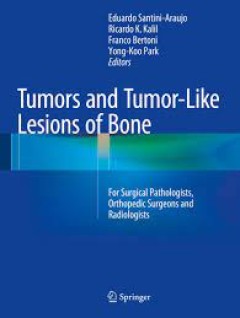
Tumors and Tumor-Like Lesions of Bone For Surgical Pathologists, Orthopedic …
This book provides essential, internationally applicable information in the area of orthopedic pathology with emphasis on practical diagnostic aspects, including many illustrations: roentgenograms, CT-scans, MRI, scintigraphies, as well as pictures of gross surgical specimens and microphotographs, immunohistochemical reactions and genomics. Information on histopathological and molecular diagnos…
- Edition
- -
- ISBN/ISSN
- 978-1-4471-6578-1
- Collation
- -
- Series Title
- -
- Call Number
- -

Trauma and Orthopaedic Classifications A Comprehensive Overview
This illustrated textbook is an essential and invaluable guide to young clinicians and researchers of Trauma and Orthopaedics, reporting all classification systems which are currently utilised in the clinical setting. It includes classifications relevant to both Elective Orthopaedic Practice and Orthopaedic Trauma. Clear graphic illustrations accompany the description of all different classi…
- Edition
- -
- ISBN/ISSN
- 978-1-4471-6572-9
- Collation
- -
- Series Title
- -
- Call Number
- -
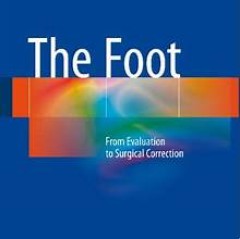
The Foot
This book guides the reader on a rational pathway from anamnesis and clinical examination (with supporting illustrations), through radiological screening to the appropriate surgical solution. Proposed treatments and treatment results at about one year of follow-up are described in detail with the aid of intra- and postoperative photographs and radiographs. The text is limited to systematic desc…
- Edition
- 1
- ISBN/ISSN
- 978-3-662-47697-0
- Collation
- XI, 216
- Series Title
- -
- Call Number
- -
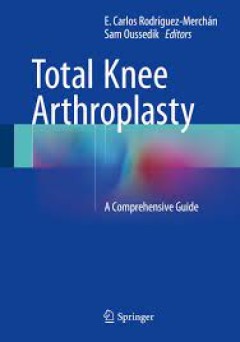
Total Knee Arthroplasty A Comprehensive Guide
This book offers a comprehensive guide to total knee arthroplasty (TKA) that will assist in achieving excellent outcomes based on a sound understanding and technique. After an introductory section on the native knee that covers the anatomy, physiology, biomechanics, and patterns of disease, all aspects of primary knee arthroplasty are discussed in detail. Individual chapters are devoted to topi…
- Edition
- -
- ISBN/ISSN
- 978-3-319-17554-6
- Collation
- -
- Series Title
- -
- Call Number
- -
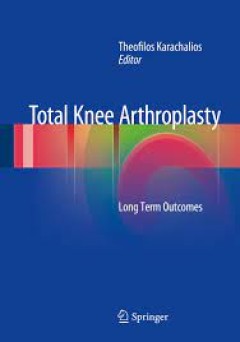
Total Knee Arthroplasty Long Term Outcomes
This book focuses on the current clinical practice, outcome and the future development of Total Knee Arthroplasty (TKA) in surgical settings. A major objective of this work is to address “What is the optimal design and fixation of the implants we use for knee arthroplasty reconstruction? What are the gold standards? and, Can we do better?”. In an attempt to throw light on these questions, t…
- Edition
- -
- ISBN/ISSN
- 978-1-4471-6660-3
- Collation
- -
- Series Title
- -
- Call Number
- -

The Unhappy Total Knee Replacement A Comprehensive Review and Management Guide
This book addresses the need for improved diagnostic and treatment guidelines for patients in whom total knee arthroplasty (TKA) has had an unsatisfactory outcome. It opens by discussing the basics of TKA and the various causes of failure and pain. Diagnostic aspects are considered in detail, with attention to advances in clinical investigation, laboratory analysis and in particular, imaging te…
- Edition
- -
- ISBN/ISSN
- 978-3-319-08099-4
- Collation
- -
- Series Title
- -
- Call Number
- -
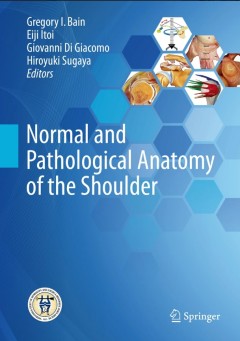
Normal and Pathological Anatomy of the Shoulder
This cutting-edge monograph on advanced clinical anatomy and pathoanatomy of the shoulder, written by the world’s leading authors, reflects recent significant advances in understanding of anatomy and pathology. It is beautifully illustrated with exquisite photographs of anatomical specimens, and images from arthroscopy, histology, and radiology complete the picture. The accompanying text b…
- Edition
- 1
- ISBN/ISSN
- 978-3-662-45718-4
- Collation
- XI, 424
- Series Title
- -
- Call Number
- -
 Computer Science, Information & General Works
Computer Science, Information & General Works  Philosophy & Psychology
Philosophy & Psychology  Religion
Religion  Social Sciences
Social Sciences  Language
Language  Pure Science
Pure Science  Applied Sciences
Applied Sciences  Art & Recreation
Art & Recreation  Literature
Literature  History & Geography
History & Geography